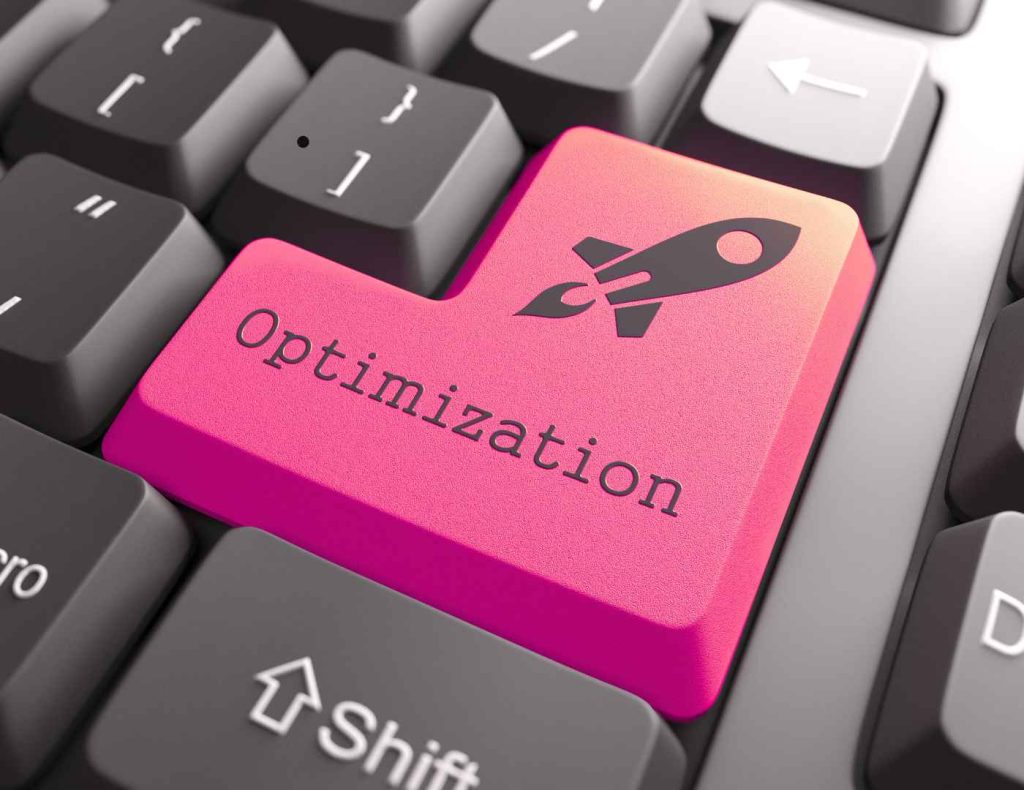1. Introduction to Content Optimization
What is Content Optimization?
Content optimization refers to the practice of enhancing web content to meet the specific requirements of search engines and users. It involves making strategic adjustments to text, images, metadata, and internal linking to ensure the content performs well in search engine results pages (SERPs). The goal is not just to create informative, engaging, and readable content but also to ensure that it is structured in a way that search engines can easily understand and index.
Why is Content Optimization Crucial for SEO?
In the digital age, simply publishing content isn’t enough. To ensure visibility and reach, the content must be optimized for search engines like Google, Bing, and Yahoo. Content optimization helps improve a website’s chances of ranking higher in search results, increasing organic traffic, and improving user engagement. Search engines rely on optimized content to match user queries with the most relevant, high-quality pages.

2. Understanding SEO and Its Role in Digital Marketing
The Basics of SEO
Search Engine Optimization (SEO) is a collection of strategies aimed at improving a website’s position in search engine results. SEO involves both on-page factors (like content quality, keyword placement, and internal linking) and off-page factors (such as backlinks and domain authority). These techniques work together to enhance a website’s visibility, making it easier for search engines to index and rank it.
How SEO Affects Website Visibility
Without proper SEO, even the best content will go unnoticed. SEO ensures that search engines can crawl and index a site, making it visible to users who search for related topics. The more optimized the content, the higher the chances it will appear on the first page of search results. Websites that rank higher are more likely to receive organic traffic, resulting in greater engagement and conversions.
3. Key Factors of Content Optimization
Keyword Research and Placement
One of the cornerstones of content optimization is effective keyword research. Identifying the right keywords—terms that users frequently search for in relation to your topic—is essential. Once identified, these keywords should be strategically incorporated into the content, including titles, headings, body text, and meta descriptions. However, it’s crucial to avoid keyword stuffing, which can harm the content’s readability and ranking.
Quality Over Quantity: The Importance of Content Depth
While keyword optimization is important, the quality and depth of the content are paramount. Search engines prioritize content that answers user queries in-depth, providing valuable insights rather than superficial information. A longer, well-researched article tends to rank better because it can cover a topic comprehensively, addressing various aspects that users might find relevant. Therefore, focusing on content quality—writing clear, authoritative, and insightful pieces—is key to improving SEO rankings.
4. On-Page SEO Techniques for Content Optimization
The Role of Meta Tags and Descriptions
Meta tags, including title tags and meta descriptions, are key elements for both SEO and user engagement. These HTML elements provide search engines with information about the content of a webpage. Well-written meta descriptions and optimized title tags can improve click-through rates (CTR) by making the content appear more relevant to search queries. A well-crafted title tag and meta description should incorporate the target keywords and accurately describe the content, encouraging users to click through.
Image Optimization: Enhancing User Experience and SEO
Images play a crucial role in content presentation, but they must be optimized for both speed and SEO. Large image files can slow down page loading times, negatively impacting both user experience and SEO rankings. Proper image optimization involves compressing images without losing quality, using descriptive file names, and adding alt text with relevant keywords. This makes it easier for search engines to index the images and helps improve the overall SEO of the page.
5. User Experience (UX) and Its Impact on SEO
The Connection Between UX and SEO Rankings
User experience (UX) and SEO are intricately connected. Search engines like Google assess not just the relevance of content but also how user-friendly a website is. Factors like page load speed, ease of navigation, and a clean, organized layout contribute to a positive user experience. A well-designed site that prioritizes UX is more likely to retain visitors, reducing bounce rates, and improving the likelihood of higher rankings.
Improving Site Navigation and Mobile Friendliness
Ensuring that a website is easy to navigate and mobile-friendly is essential for both UX and SEO. Google uses mobile-first indexing, meaning it prioritizes the mobile version of a site when determining rankings. A responsive design that adapts to all devices will not only improve user experience but also contribute to better rankings. Clear navigation, intuitive menus, and optimized content for smaller screens are crucial components of a successful mobile-friendly website.
6. The Role of Backlinks in Content Optimization
Why Backlinks Matter for SEO Rankings
Backlinks, or inbound links from other websites to your content, are one of the most important off-page SEO factors. Quality backlinks signal to search engines that other authoritative websites trust your content. The more quality backlinks a page has, the more likely it is to rank higher. However, it’s essential to focus on obtaining backlinks from reputable sites within your industry, as low-quality backlinks can harm your SEO performance.
Best Practices for Building Quality Backlinks
To build high-quality backlinks, focus on creating shareable, valuable content that others in your niche will want to reference. Outreach and relationship building with influencers and bloggers in your field can also help you gain backlinks. Guest posting, content collaborations, and creating valuable resources like infographics or case studies are excellent methods for earning authoritative backlinks.
7. Measuring and Adjusting Content Performance for SEO Success
Using Analytics to Track Content Performance
Once your content is optimized, it’s essential to track its performance to ensure it’s delivering the desired results. Tools like Google Analytics and Google Search Console provide valuable insights into how your content is performing, including metrics like traffic, bounce rate, average time on page, and conversion rates. Analyzing these metrics will help you identify areas that need improvement and fine-tune your content strategy accordingly.
Continuous Content Updates and SEO Improvements
SEO is an ongoing process, and the digital landscape is always evolving. To maintain and improve your rankings, it’s essential to regularly update your content. This could involve refreshing old posts with new information, incorporating new keywords, or adding multimedia elements like videos and images. Regular updates ensure that your content remains relevant and continues to meet the needs of both users and search engines.
Content optimization is an ongoing effort that requires a holistic approach. By employing effective techniques such as keyword research, on-page optimization, improving UX, and building high-quality backlinks, you can significantly improve your website’s SEO rankings. Regularly measuring and updating your content ensures that your site remains competitive and visible in an ever-changing digital landscape.







